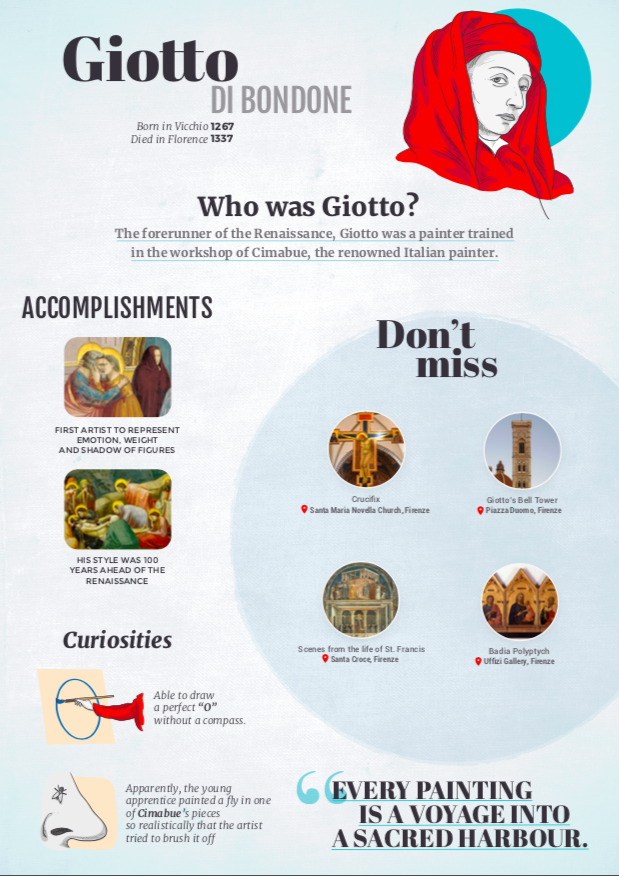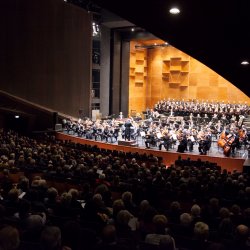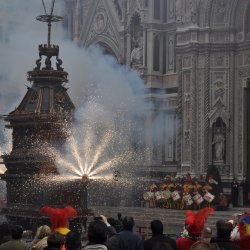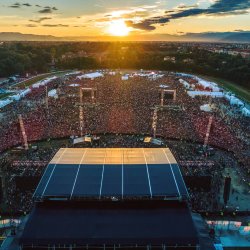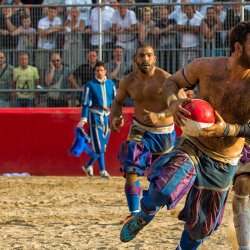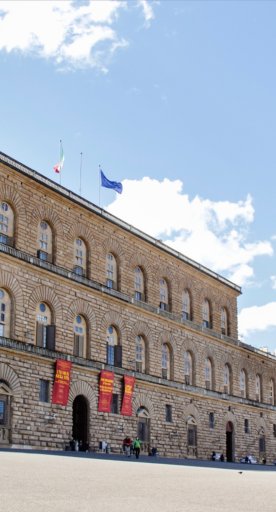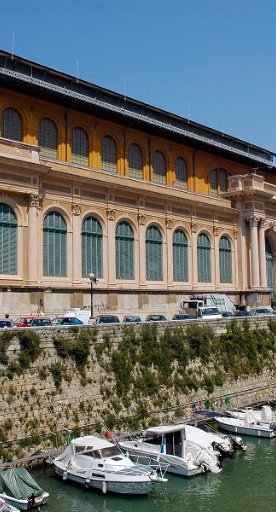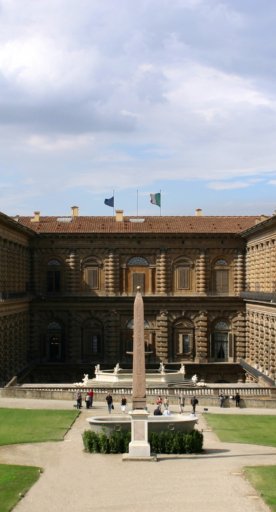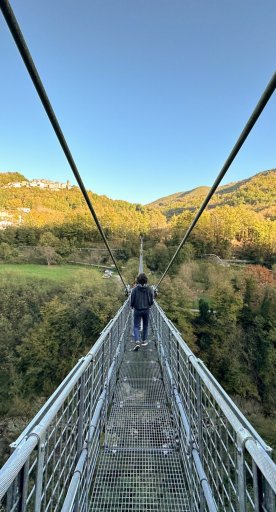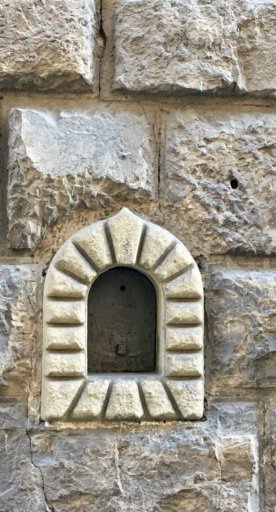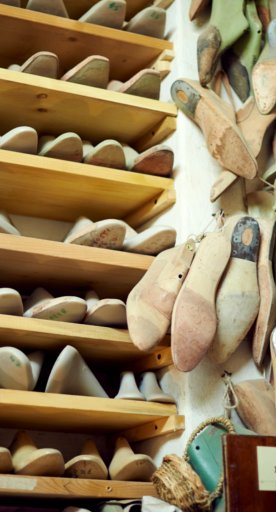Giotto: life, art and curiosities
The genius forerunner of the Renaissance
He was a forerunner to the Renaissance, the painter who introduced life-like drawing and was able to draw a perfect "O" without a compass. His name was Giotto.
-
1.Giotto life and art
-
2.Where to see Giotto in Florence
-
3.Santa Maria Novella Basilica
-
4.Uffizi Gallery
-
5.Santa Croce Basilica
-
6.Bell Tower
-
7.Bargello Museum
Giotto life and art
Much of what we know about Giotto today is subject to uncertainty and legends, like his exact birthdate, birthplace, appearance, where he apprenticed, the chronology of his works and his burial place. The artist was born Ambrogio or Angiolo di Bondone, most likely in 1267 in Colle di Vespignano (Vicchio), 35 kilometres north of Florence. He was probably trained in the workshop of Cenni di Peppi, also known as Cimabue, the artist with whom Giorgio Vasari begins his Lives that document all the Italian artists he knew.
According to legend, Cimabue discovered Giotto, a humble shepherd, while drawing his sheep on a rock. The pictures were so life-like that Cimabue approached the boy’s family to ask if he could take him on as an apprentice. Another legend says that the young apprentice painted a fly in one of Cimabue’s pieces so realistically that the artist tried brushing it off!
Some scholars consider the small San Giorgio alla Costa Madonna and Child (part of the collection of the Diocesan Museum at Santo Stefano al Ponte of Florence and on long-term loan to the Museo dell’Opera del Duomo) to be Giotto’s first independent panel painting. Stylistically the work is still close to that of his master – an important document of early Giotto. Giotto probably followed Cimabue to Assisi to paint several frescoes, including the cycle depicting the Life of St. Francis, whose attribution is still a topic of discussion.
According to some documents dated to 1301 and 1304, the artist owned large estates in Florence, likely was leading a large workshop and was receiving commissions from all over Italy, such as Padua (where he decorated the interior of the Arena or Scrovegni Chapel, his most complete and important surviving fresco cycle), Assisi and Rome.
Giotto died in January 1337 and was possibly buried in the Church of Santa Reparata with a solemn ceremony paid for by the city. Dante acknowledged the greatness of his contemporary in his Divine Comedy, writing in Purgatory (XI, 94–96): "Cimabue believed that he held the field In painting, and now Giotto has the cry, So the fame of the former is obscure."
Where to see Giotto in Florence
Santa Maria Novella Basilica

Giotto’s first proven Florentine masterpiece (dated to around 1290) is the large Crucifix in the Basilica of Santa Maria Novella, roughly 5 metres in height and a revolutionary work. Christ’s body is painted vertically, with his legs bent, depicting a truly human figure.
Uffizi Gallery

A work that is considered among the ones at the height of his artistic maturity is the Ognissanti Madonna altarpiece, a large tempera and gold painting now in the Uffizi Gallery. Also featured in the Giotto Hall is the Badia Polyptych (1301-1304), composed of five framed paintings with a triangular cusp, portraying the Virgin and the Saints Nicholas of Bari, John the Evangelist, Peter and Benedict.
Santa Croce Basilica

In 1318 Giotto started painting chapels for four Florentine families in the Basilica of Santa Croce: Bardi Chapel (Life of St. Francis), Peruzzi Chapel (Life of St. John the Baptist and St. John the Evangelist), the lost Giugni Chapel (Stories of the Apostles) and Tosinghi Spinelli Chapel (Stories of the Holy Virgin). As with most aspects of he’s career, the dates of these frescoes are disputed.
The Bardi Chapel, to the right of the church’s main chapel, was largely painted a secco, a quicker but less durable technique. The Peruzzi Chapel was especially famous during the Renaissance and this work later influenced Masaccio’s frescoes in the Brancacci Chapel, as well as Michelangelo, 200 years later, who is known to have studied the Santa Croce frescoes.
Bell Tower

After a series of commissioned works in Rome, Naples and Bologna, Giotto spent his last years working as an architect, almost always in Florence. In 1334 he was appointed chief of the construction sites in Piazza Duomo and superintendent of public works for the city. That same year he began working on the cathedral’s new bell tower. Interestingly, even though the it is today known as Giotto’s Bell Tower, the artist actually only completed the lower floor before his death and the final result is not entirely faithful to his original designs.
Bargello Museum

Giotto's last known work is the decoration in the Podestà Chapel inside the Bargello palace, with a cycle of frescoes that include the oldest portrait of Dante Alighieri.

